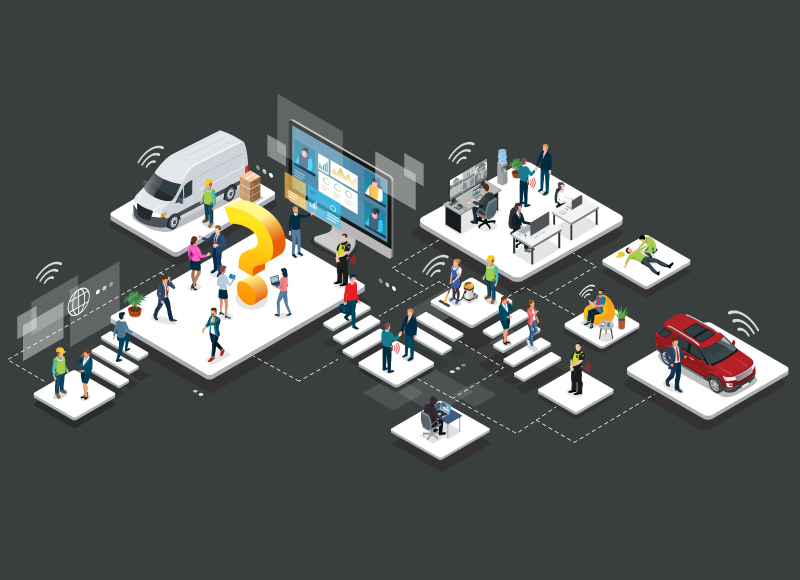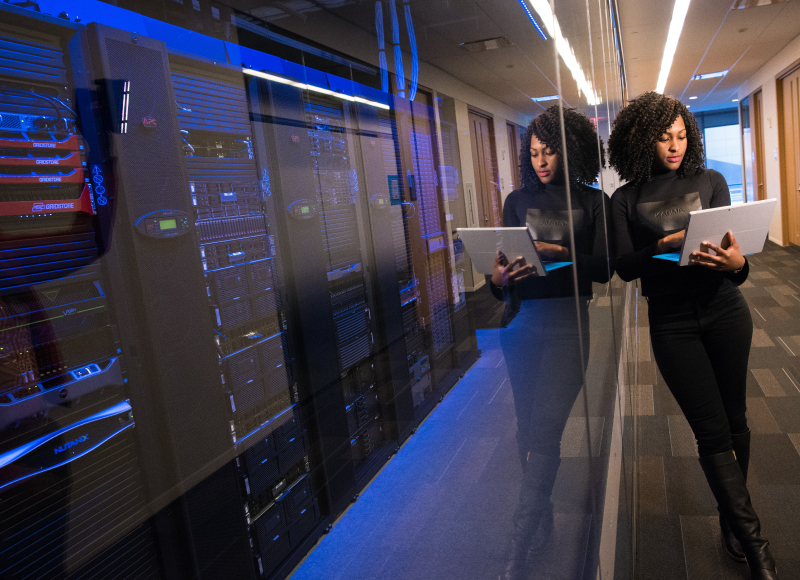- All
- Airports & Airlines
- Aviation Services
- Base Stations & Repeaters
- Blog
- Body worn cameras
- Broadband push to talk (BBPTT)
- Case Studies
- Central Government
- Construction
- Data Centre
- Edesix Body Worn Cameras and Badges
- Education
- Emergency Services
- Energy & Renewables
- Entel DMR
- Facilities Management
- Ground to Air Radio
- Guides
- Healthcare
- Hytera Body Worn Cameras
- Hytera Digital Two Way Radio
- Hytera LTE
- Hytera POC
- Hytera Repeater Base Stations
- Hytera TETRA
- Leisure & Hospitality
- Local Government
- Logistics & Transportation
- Lone Workers
- Military & Defence
- Motorola Solutions - PMR446 Licence Free
- Motorola Solutions - TETRA
- Motorola Solutions - WAVE
- Motorola Solutions LTE Devices
- MOTOTRBO Digital Two Way Radio
- MOTOTRBO Repeater Base Stations
- News
- Nuclear
- Oil & Gas
- Pharmaceutical & Sciences
- PoC Devices
- Product focuses
- Retail
- Satellite Devices
- Security
- Software
- Tait DMR
- Technology








